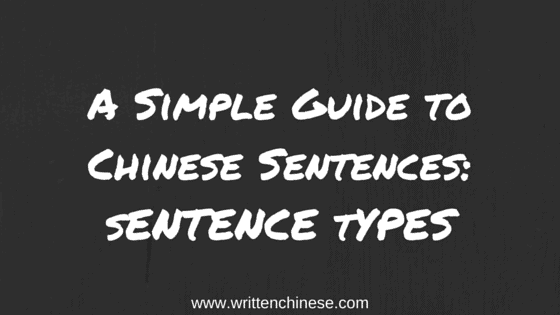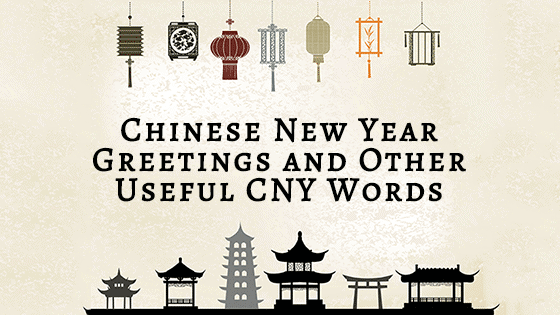The Definitive Guide to Pinyin & Chinese Pronunciation
Pinyin: An Introduction Pinyin 拼音 (pīn yīn), is the romanized translation of Chinese characters. Pinyin was introduced after a language reform during the 1950s, instigated by Zhou Enlai 周恩来 (zhōu ēn lái). He believed that a phonetic system was necessary in order for people to learn how to pronounce Chinese characters. Zhou Enlai worked alongside linguist, Zhou… Read More





